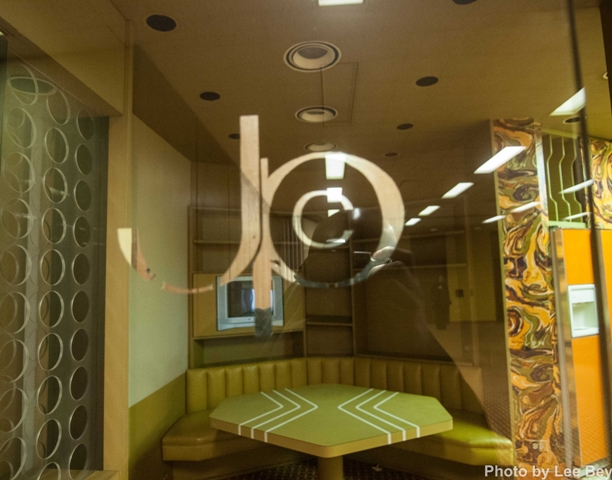Lee Bey Looks Inside The Ebony/Jet Building
By Chuck Sudo in Arts & Entertainment on Jan 15, 2013 8:00PM
WBEZ architecture blogger Lee Bey has a must-read story that takes readers inside the former Johnson Publishing Building, aka the Ebony/Jet Building, that's particularly a feast for the eyes for fans of classic Chicago architecture.
Bey has written at length in years past about the history of the 11-story building, which was bought by Columbia College Chicago in November 2010. Johnson Publishing moved its headquarters to the Cliff Dwellers Club at 200 S. Michigan Avenue last year.
Columbia College has been one of the catalysts for real estate development in the South Loop for close to two decades, much like Northwestern University has done with its properties in Streeterville. In contrast to Northwestern's handling of the debate over preserving Historic Prentice Women's Hospital, however, Columbia had long intended to preserve much of the Johnson Publishing Building.
Bey writes:
In one of the more notable modernist architectural saves in the country right now, Columbia will restore and convert the Ebony/Jet Building into the John H. & Eunice W. Johnson Center, the first seven floors of which will be a library. The college described the planned new facility as a "nimble, technologically-capable, interactive center comprising visual art, digital books, photography, and other compilations." Columbia's Center for Black Music Research will be housed there also.--snip--
Columbia hasn't determined how many of the vintage interiors will remain, but has been respectful of the spaces. The college formally documented and photographed the interiors, said the college's Vice President of Campus Environment Alicia Berg. And under a project separate from the library conversion, the college plans to restore Johnson's spectacular 7,500 sq. ft., 11th floor private office which includes reception areas, a private dining room and a mod pied-a-terre.
The historic Ebony/Jet rooftop sign will be kept and the college is considering city landmark status for the building.
The Johnson Publishing building was designed by legendary Black architect John Moutoussamy, who also designed The Chicago Urban League Building and Richard J. Daley City College, inspired in part by the Modernist architecture in style at the time. The interiors were designed by William Raiser and Arthur Elrod, who Bey writes imbued the interiors with "an afrocentric modernism that was well-turned, avant garde and quite hip."
Look at the photos of the building then and the ones Bey shot in modern day and you'll see the interiors are virtually the same as they were in 1972.

Photo credit: Lee Bey, used with permission.
